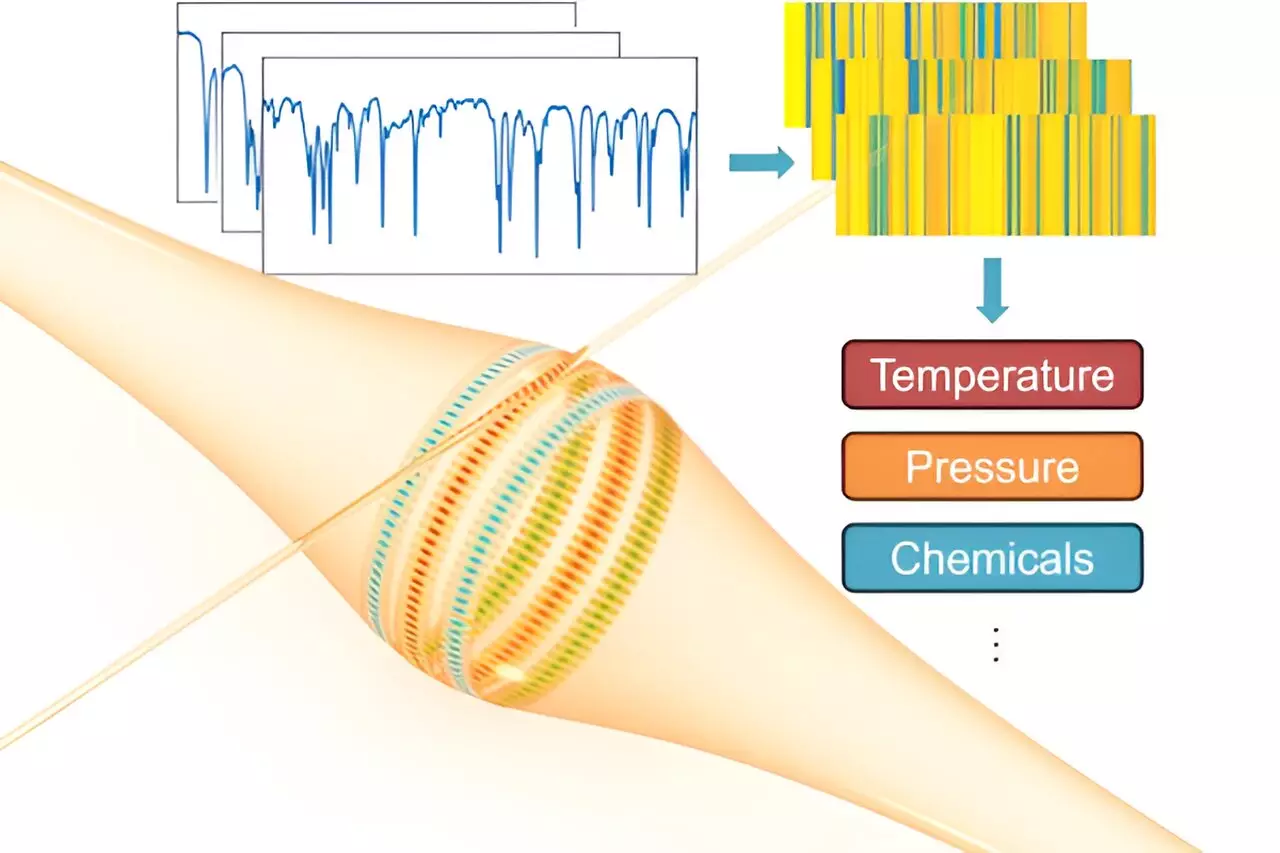When discussing high-resolution optical sensors, whispering-gallery-mode (WGM) resonators have been a staple in the field for decades. These resonators have the unique ability to confine and concentrate light in a tiny circular path, allowing for the detection and quantification of physical and biochemical characteristics. However, despite their usefulness, WGM resonators have faced limitations in terms of their dynamic range, resolution, and accuracy.
In a recent study conducted by Lan Yang and Jie Liao from Washington University in St. Louis, a groundbreaking approach to address the shortcomings of WGM resonators was introduced. This innovative technique involves the use of optical WGM barcodes for multimode sensing, allowing for the simultaneous monitoring of multiple resonant modes within a single WGM resonator. By considering the distinctive responses from each mode, this approach significantly expands the range of measurements achievable with WGM resonators.
The Advantages of Multimode Sensing
One of the key advantages of multimode sensing is the ability to pick up multiple resonance changes in wavelength, rather than just one. This enables researchers to expand optical WGM sensing to a greater range of wavelengths, thereby achieving higher resolution, accuracy, and the ability to sense more particles. In comparison to conventional single-mode sensing, which is limited to a narrow range, the potential for multimode sensing is virtually limitless using the same setup.
The applications of multimode WGM sensing extend across various industries, including biomedical, chemical, and environmental sectors. In biomedical applications, the sensitivity of multimode sensing can detect subtle changes in molecular interactions, enhancing disease diagnosis and drug discovery. In environmental monitoring, the technology can facilitate early warning systems for natural disasters and monitor pollution levels in air and water.
Moreover, the capability for continuous monitoring of chemical reactions opens up opportunities for real-time analysis and control in fields such as pharmaceuticals, materials science, and the food industry. The ultrahigh sensitivity of WGM resonators allows for the detection of single particles and ions, with the potential for even greater utilization through multimode sensing.
The introduction of multimode WGM barcodes for high-resolution sensing represents a significant advancement in the field of optical sensors. By overcoming the limitations of traditional WGM resonators, this innovative approach offers unprecedented opportunities for research and development in a wide range of applications. With the potential for limitless sensing capabilities and improved accuracy, multimode WGM sensing holds promise for driving innovation and progress in various industries.


Leave a Reply